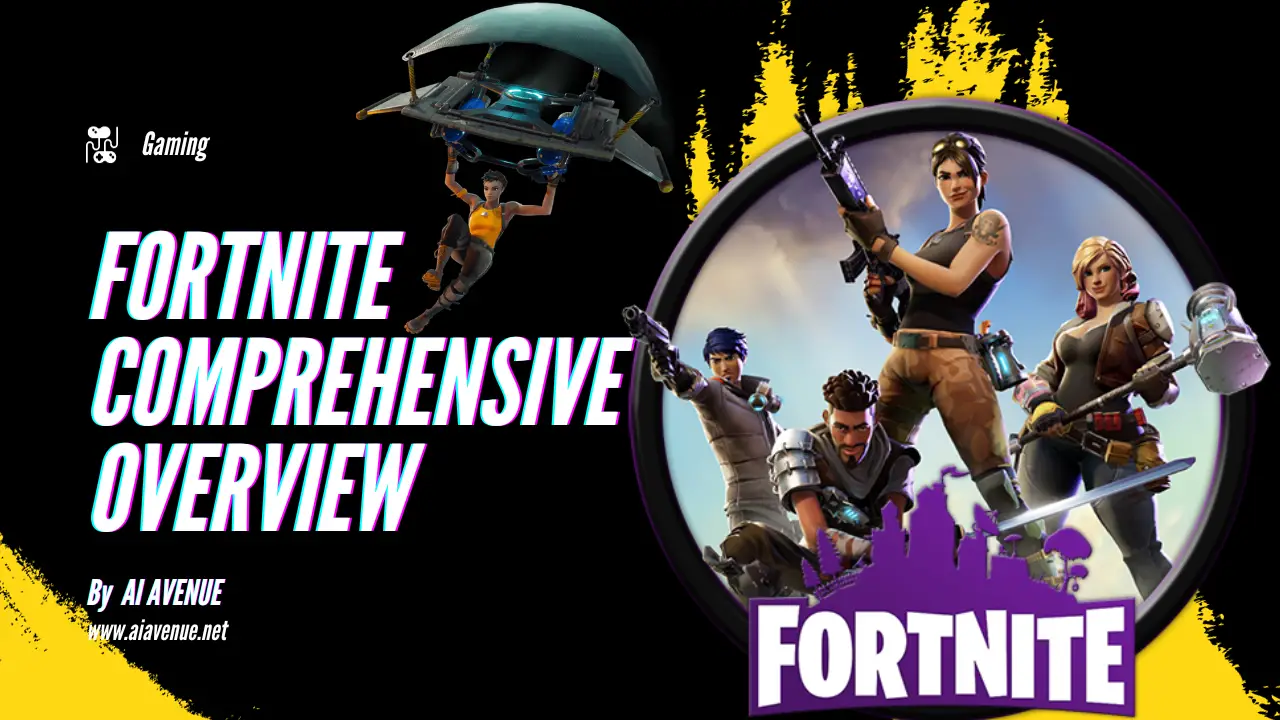Fortnite, developed by Epic Games , stands as a monumental force in the gaming industry since its release in 2017. This online video game has evolved into a cultural phenomenon, captivating millions with its diverse gameplay modes and engaging features.
Table of Contents
ToggleEpic Games Fortnite
Game Modes: Epic Games Fortnite offers three distinct game modes, each contributing to its widespread success:
- Fortnite Battle Royale: This free-to-play mode pits up to 100 players against each other in a fight for survival. The last person or team standing claims victory, making it a riveting player-versus-player experience.
- Fortnite: Save the World: In this cooperative mode, players collaborate to combat zombie-like creatures and defend objects using traps and fortifications. The objective is to collect resources, save survivors, and gather data on the mysterious storm.
- Fortnite Creative: Providing unparalleled freedom, this sandbox mode allows players to create their own worlds, battle arenas, and more. With support for Unreal Editor for Fortnite, creativity knows no bounds.
Development Journey: Fortnite’s inception stemmed from an internal game jam at Epic Games around 2011. Initially conceived as a merger of construction and shooter genres, the game faced challenges during development, including a switch in game engines and art style. The release strategy involved early access in 2017, with plans to transition to a free-to-play model by 2019.
Financial Success: Fortnite Battle Royale skyrocketed to success, drawing over 125 million players within a year and generating hundreds of millions of dollars monthly. The game, as a whole, amassed an astonishing $9 billion in gross revenue by December 2019.
Gameplay Mechanics:

Fortnite’s gameplay involves scavenging for resources, weapons, and vehicles in Battle Royale mode. Players can use their pickaxe to collect wood, brick, and metal, which can be used to build fortifications like walls and stairs. Creativity is encouraged in designing fortifications, showcasing the dynamic and strategic aspects of the game.
Monetization Model: While Battle Royale and Creative are free-to-play, Save the World operates on a pay-to-play model. The game monetizes through V-Bucks, an in-game currency purchasable with real-world funds. V-Bucks can be used to buy cosmetic items, loot boxes, and the Battle Pass, offering a tiered progression of rewards.
Awards and Recognition: Fortnite has garnered numerous awards, recognizing its impact on the gaming industry. Notable achievements include winning Best Ongoing Game at The Game Awards and being honored at the Golden Joystick Awards for Best Competitive Game and Ultimate Game of the Year.
Cultural Impact: Beyond its gaming success, Fortnite has become a cultural phenomenon. Celebrities and athletes engage with the game, and events like the Fortnite Pro-Am at E3 2018 broke viewership records on Twitch. The game has even ventured into organized esports competitions, with the Fortnite World Cup offering a staggering US$30 million prize pool.
Concerns and Controversies: Despite its popularity, Fortnite has faced concerns, especially regarding its influence on young children. Some worry about distractions from schoolwork and the potential impact of repeated depictions of gun violence in the game.
In conclusion, Fortnite stands as a remarkable achievement in the gaming world, blending innovative gameplay modes, a creative sandbox, and a successful business model. Its impact extends beyond gaming, shaping the cultural landscape and setting new standards for online multiplayer experiences.



